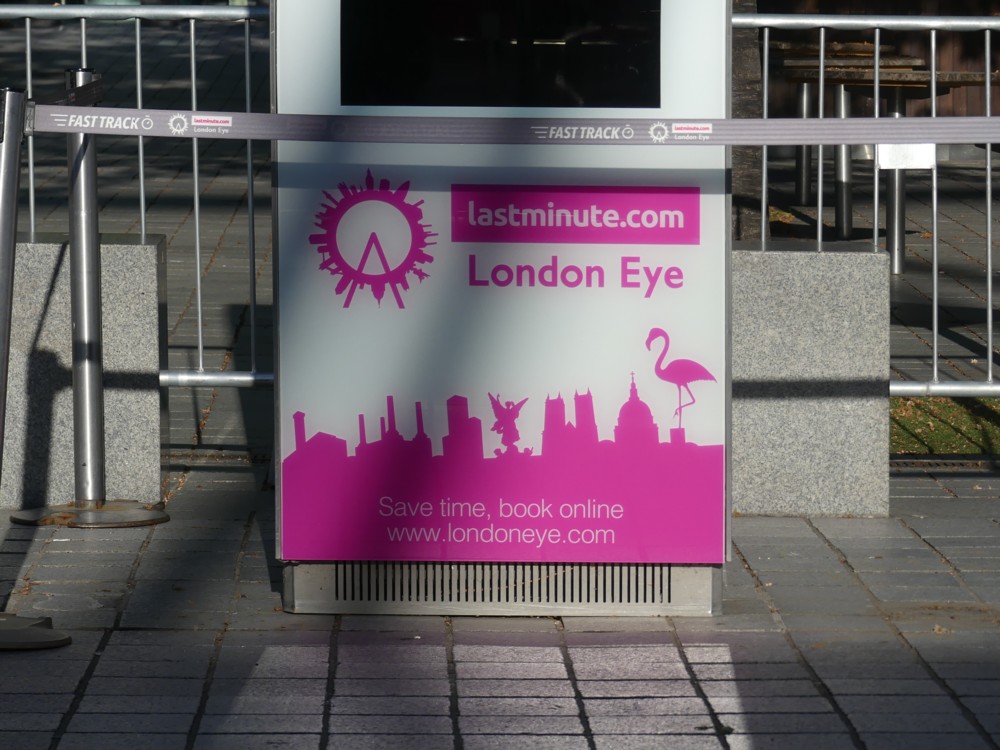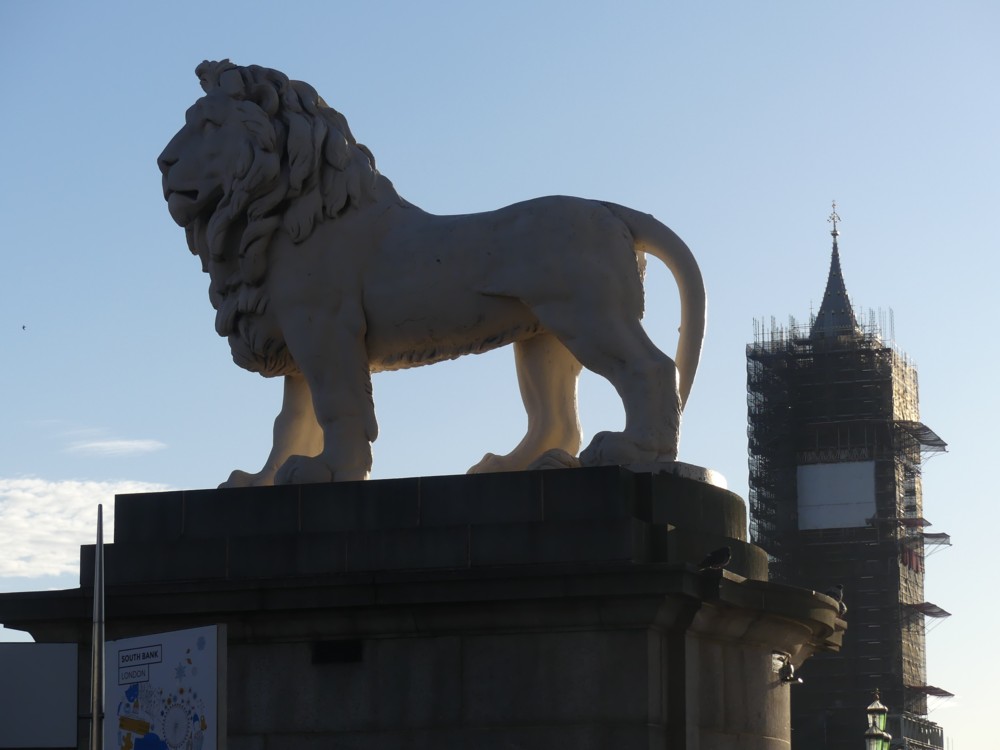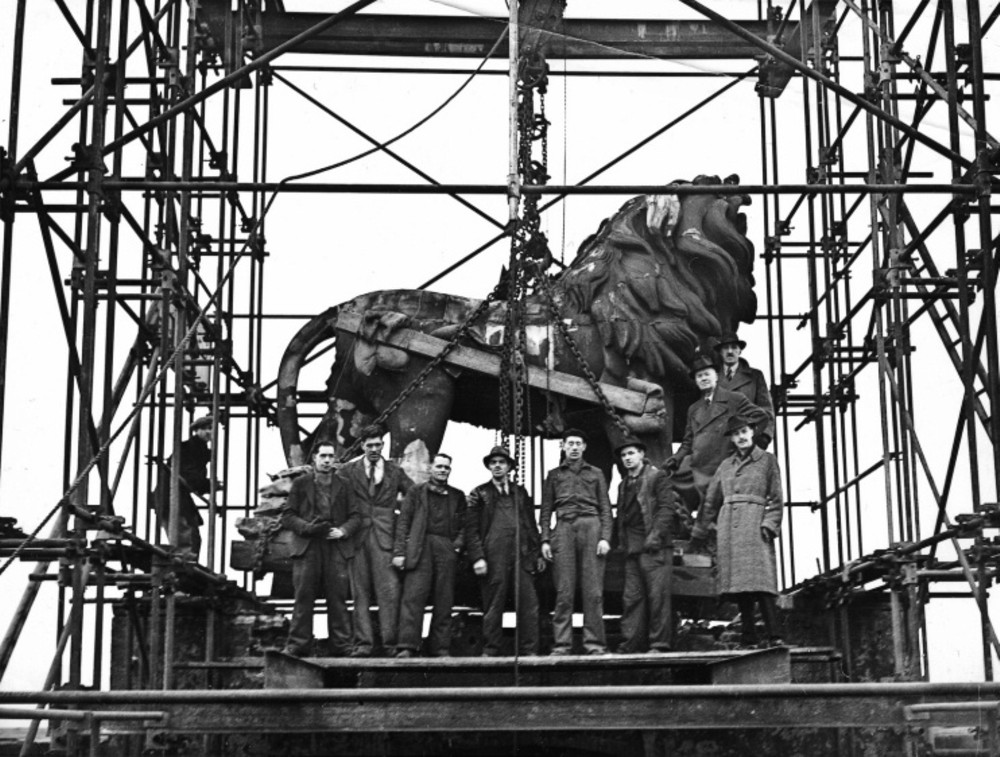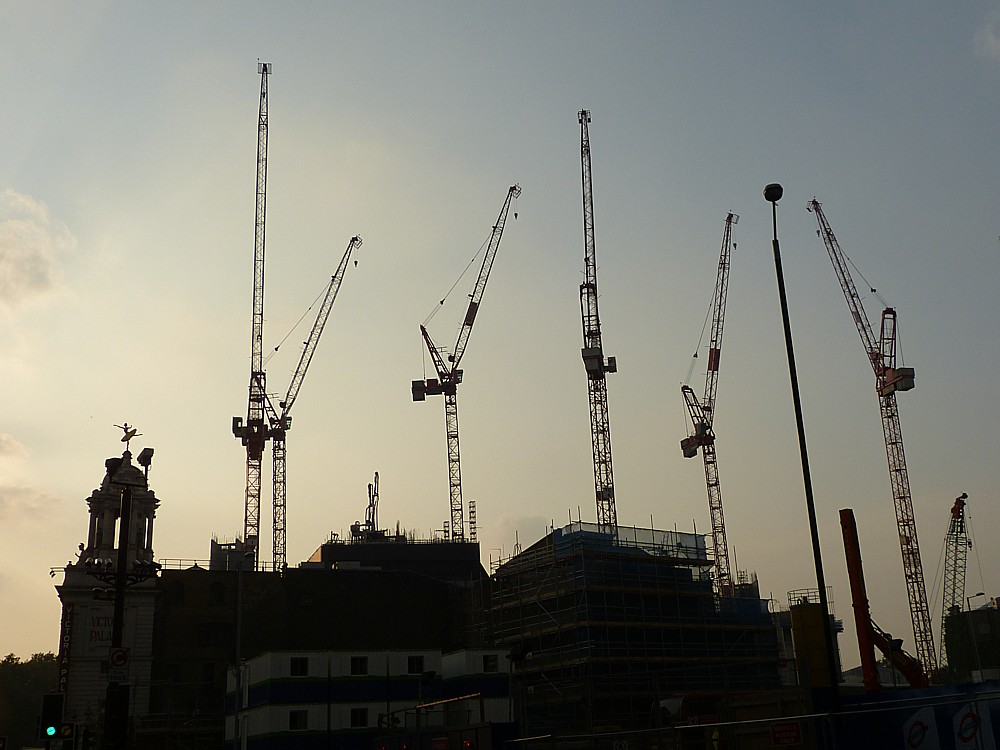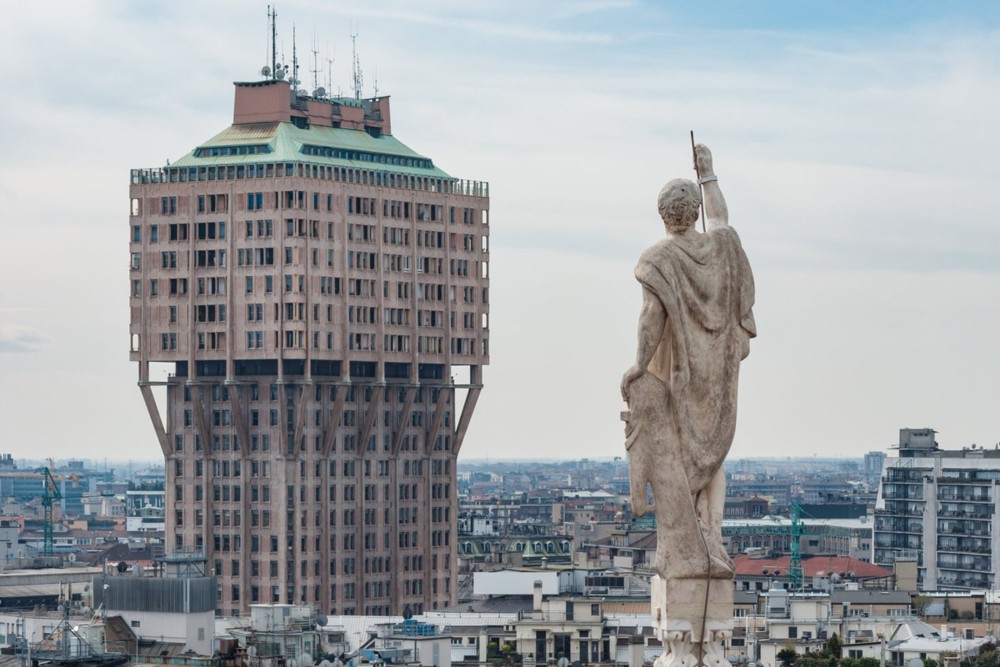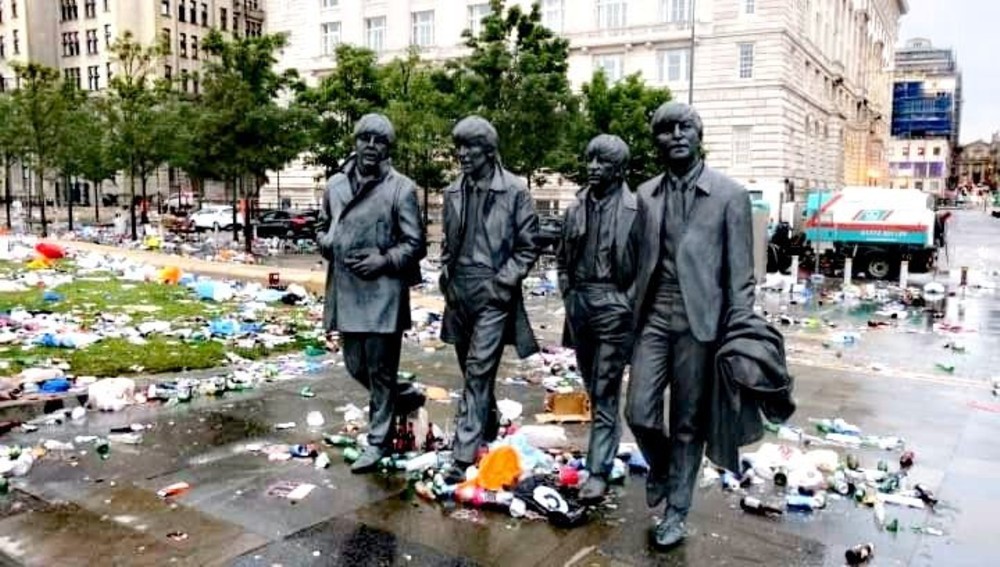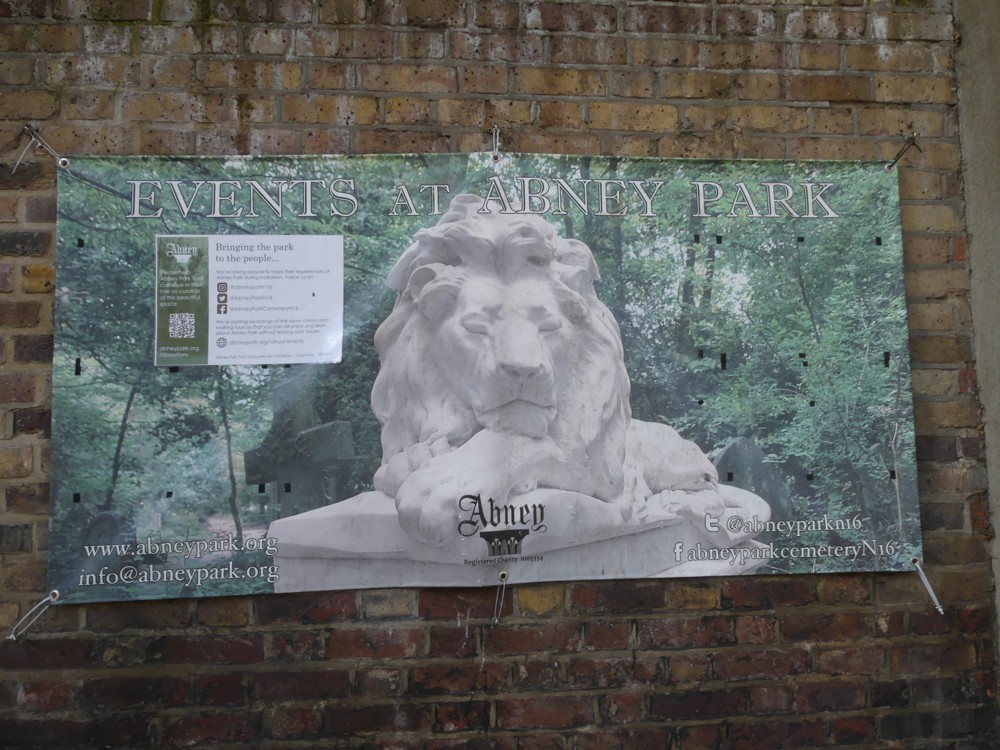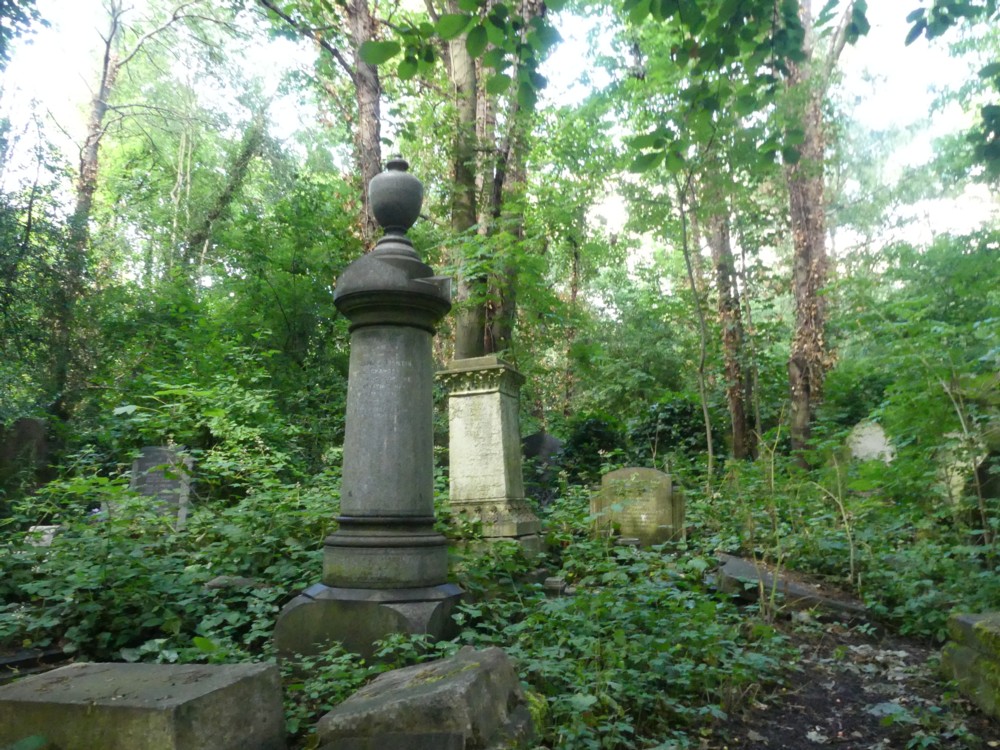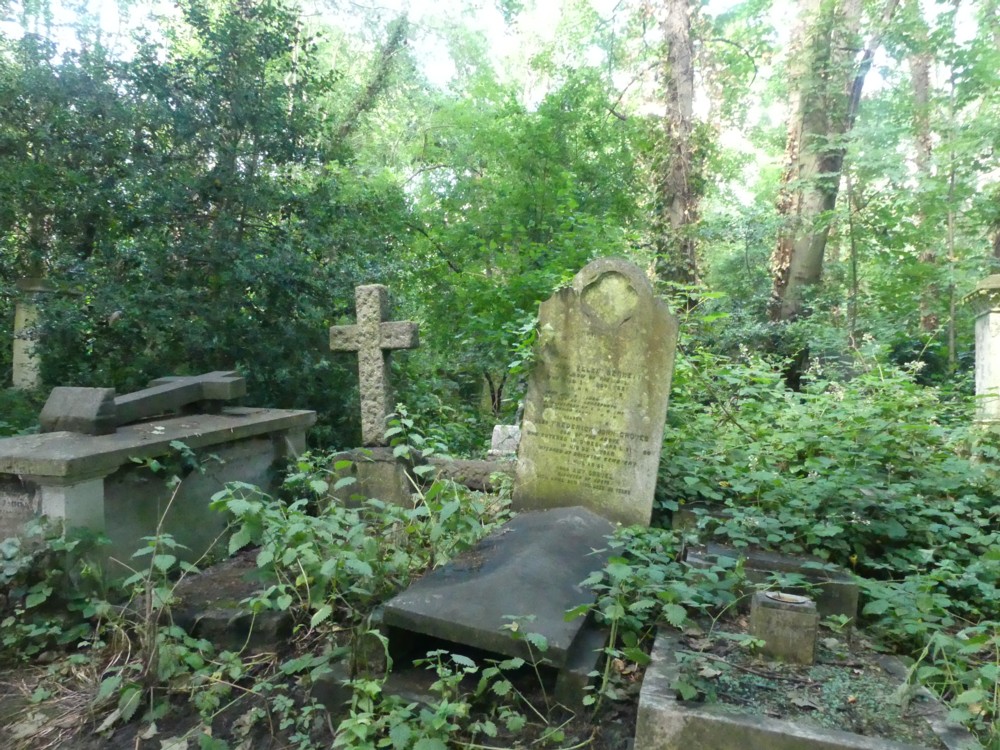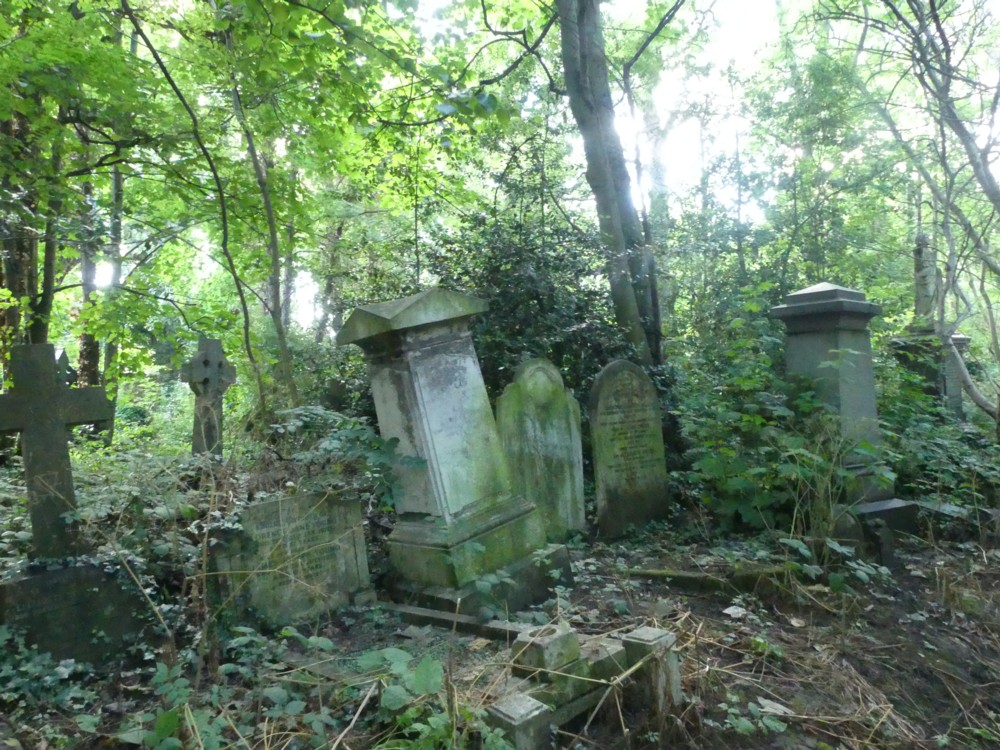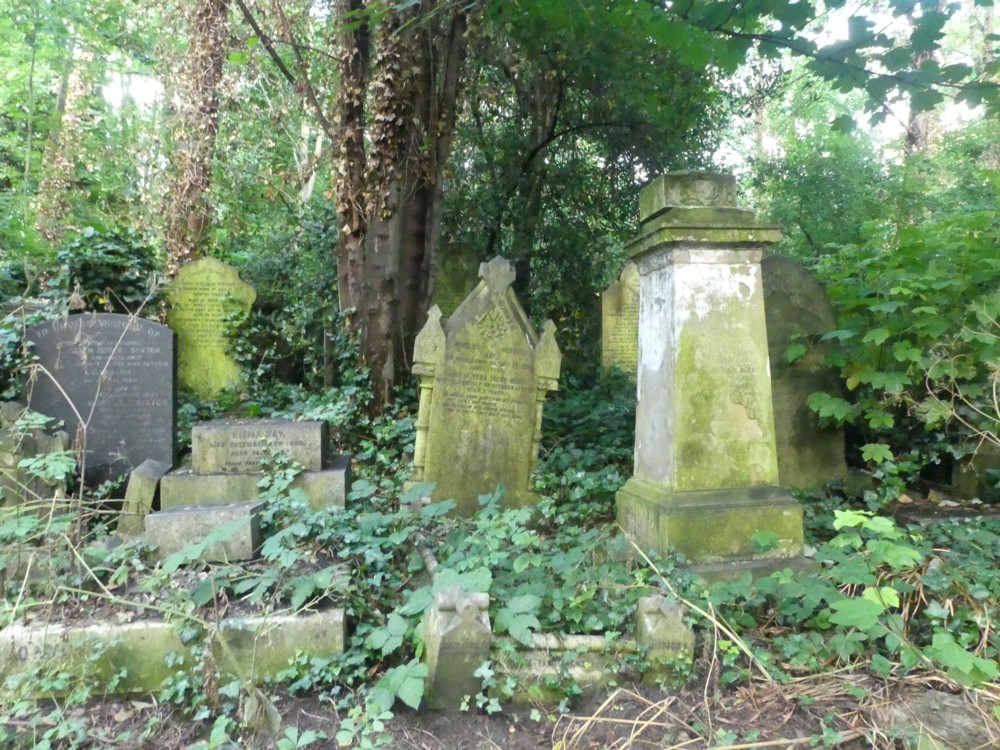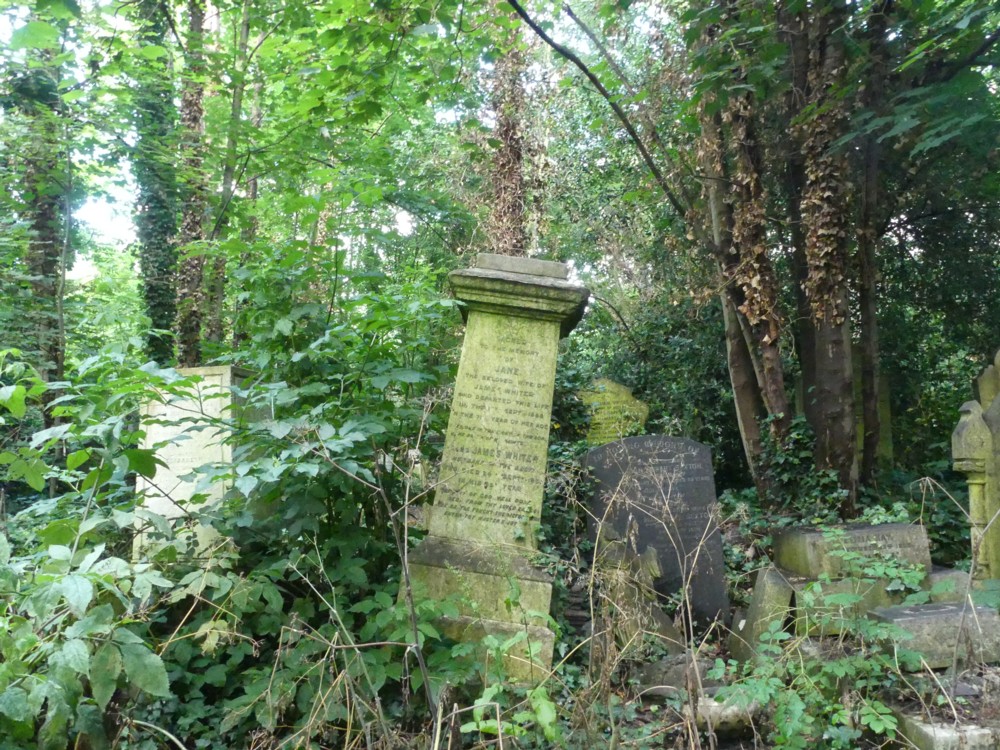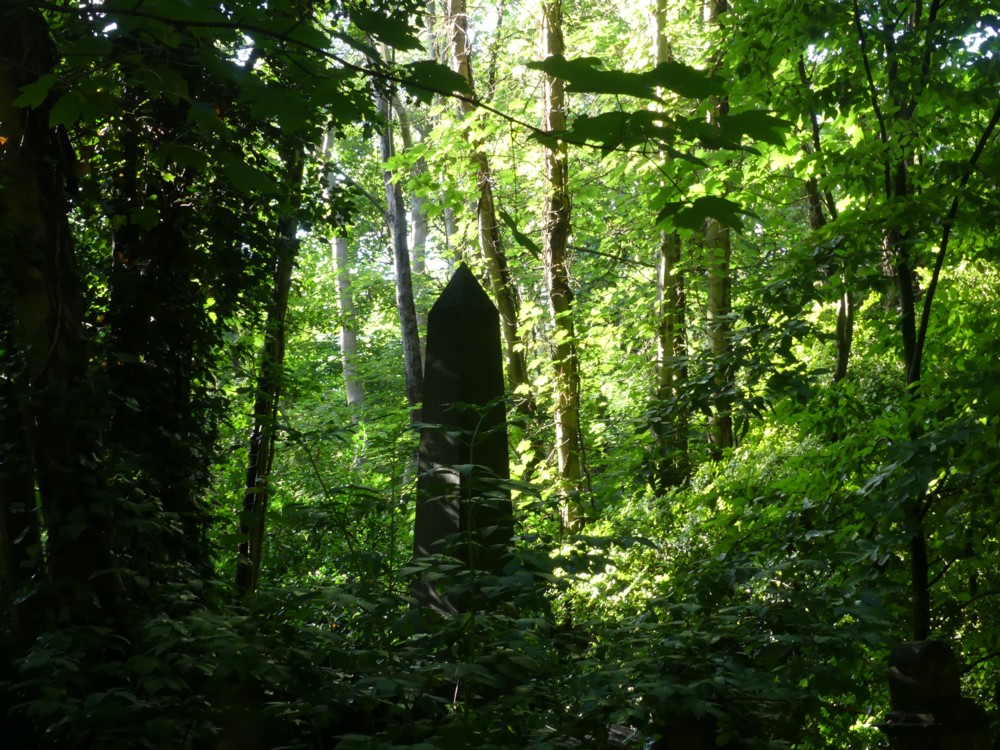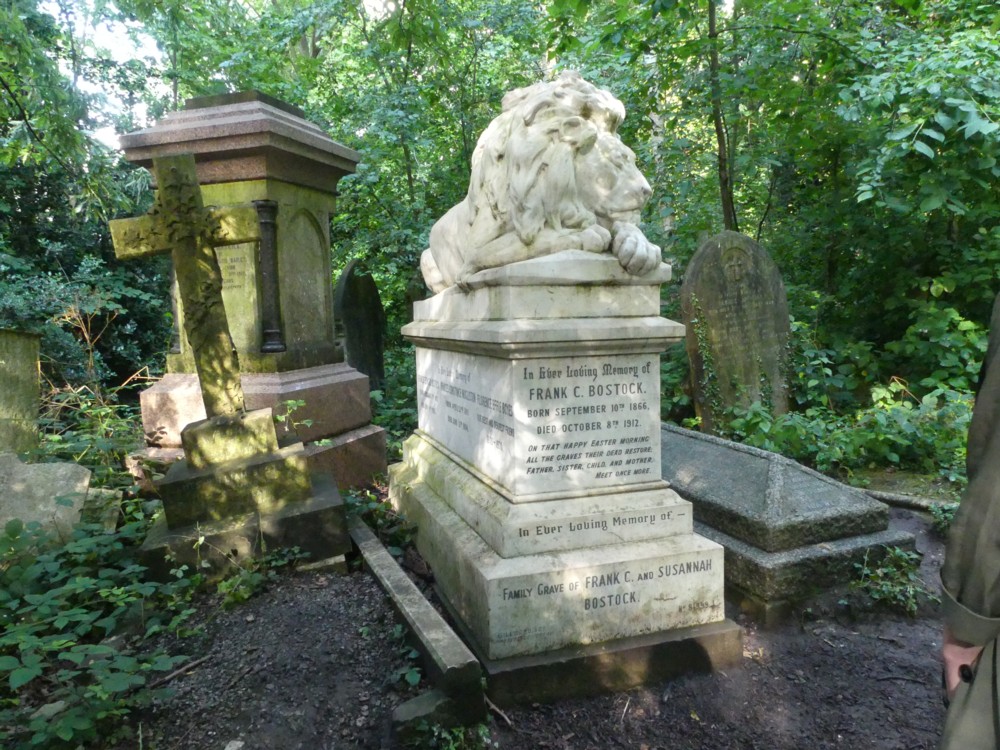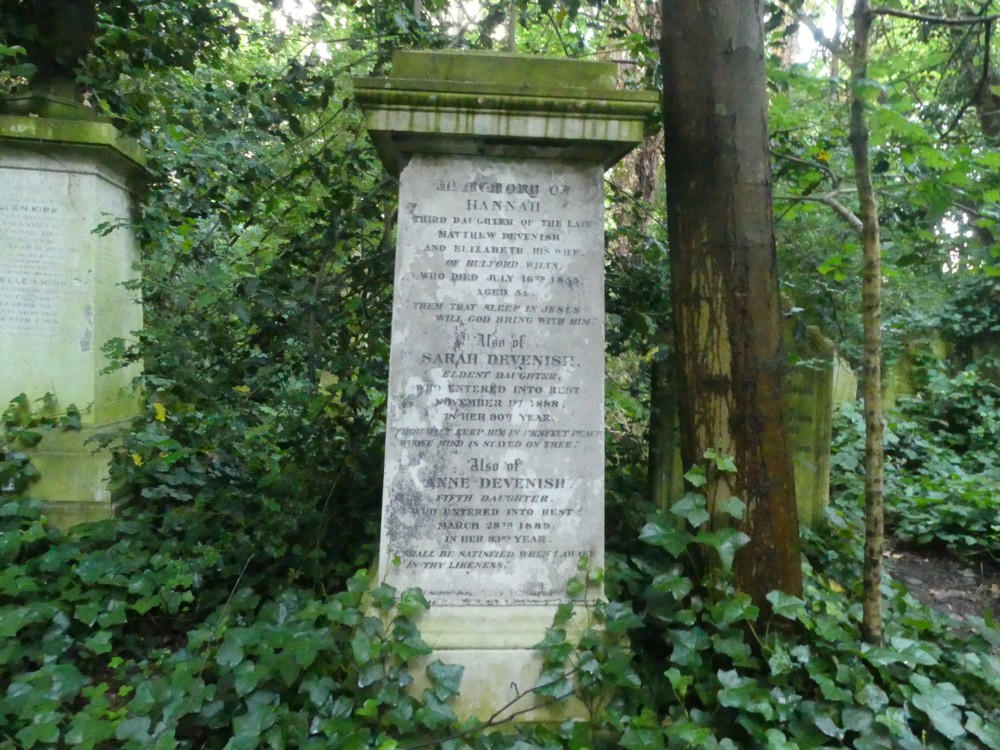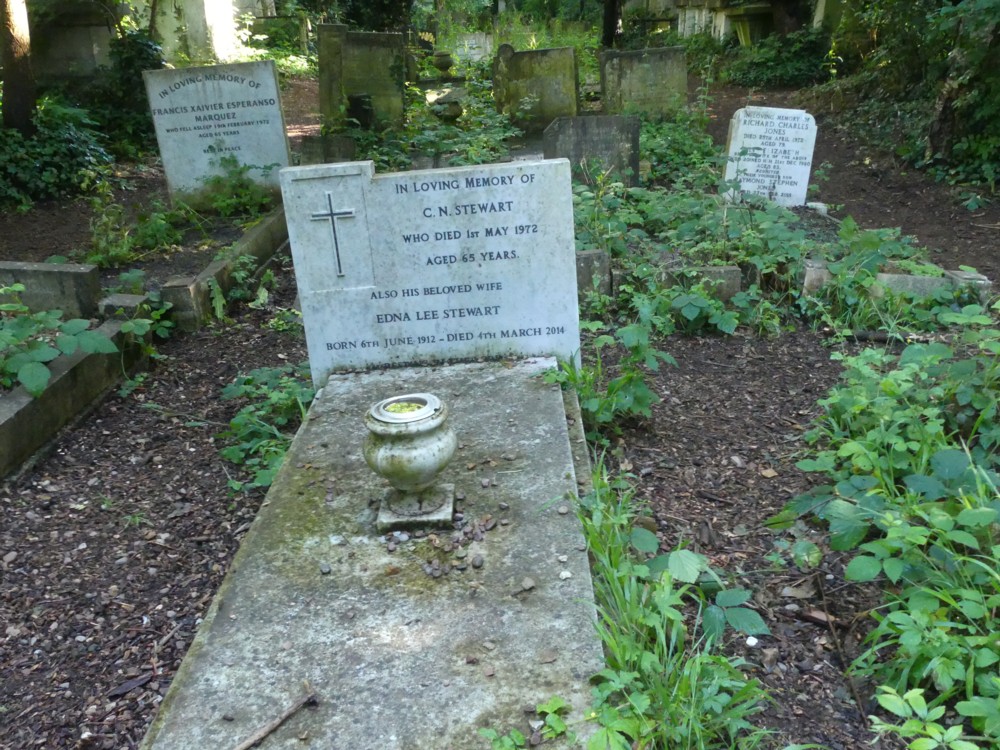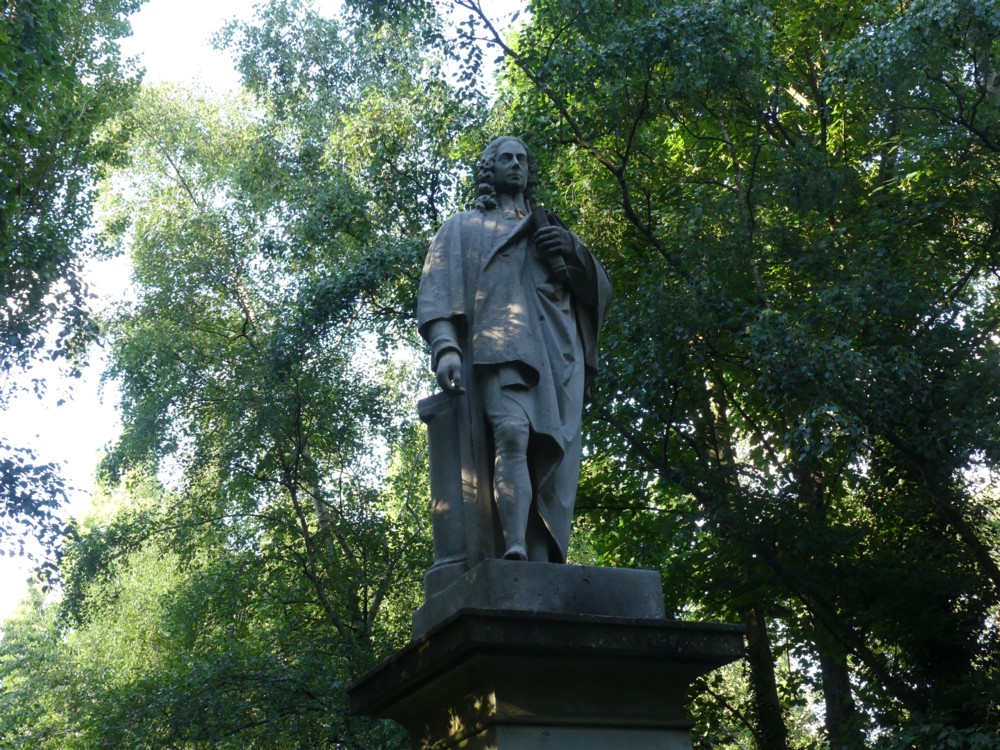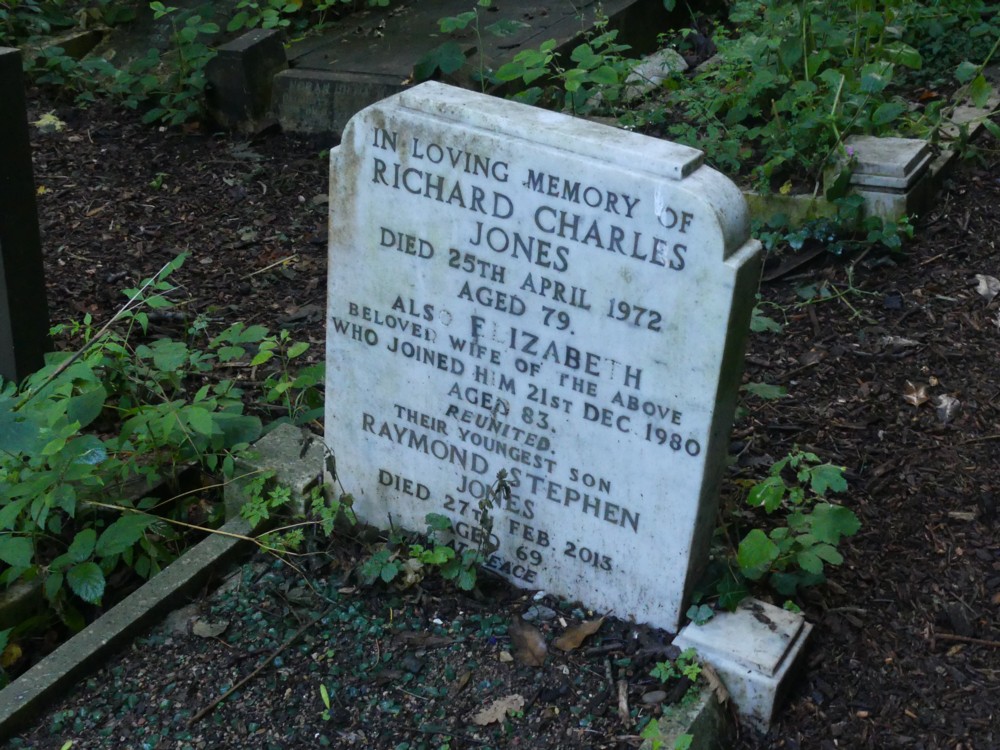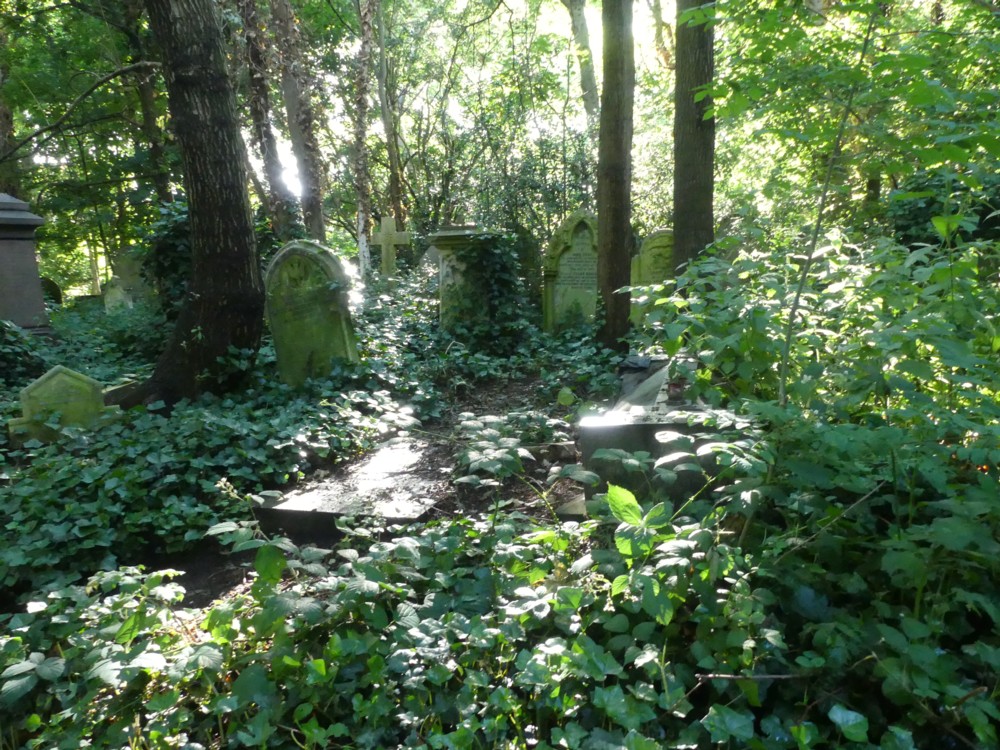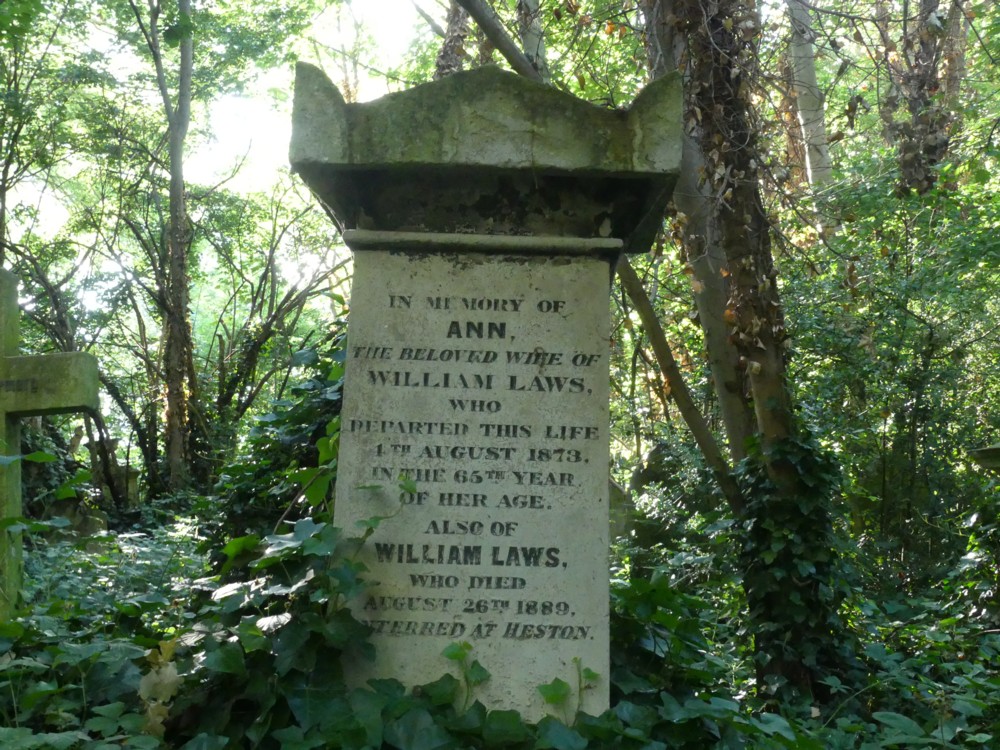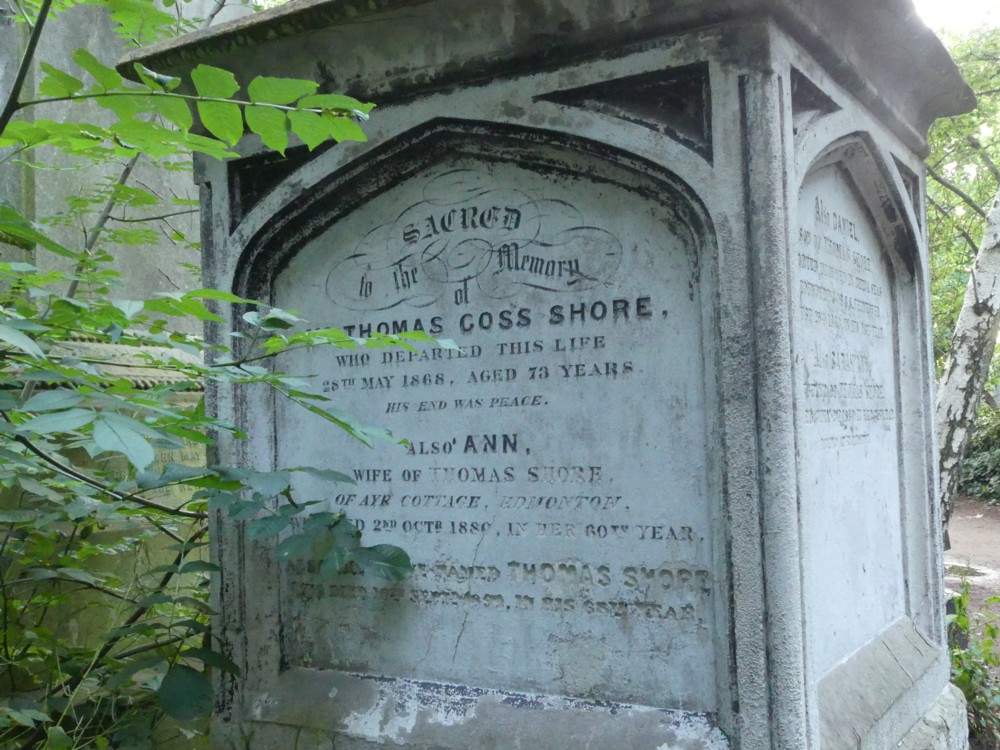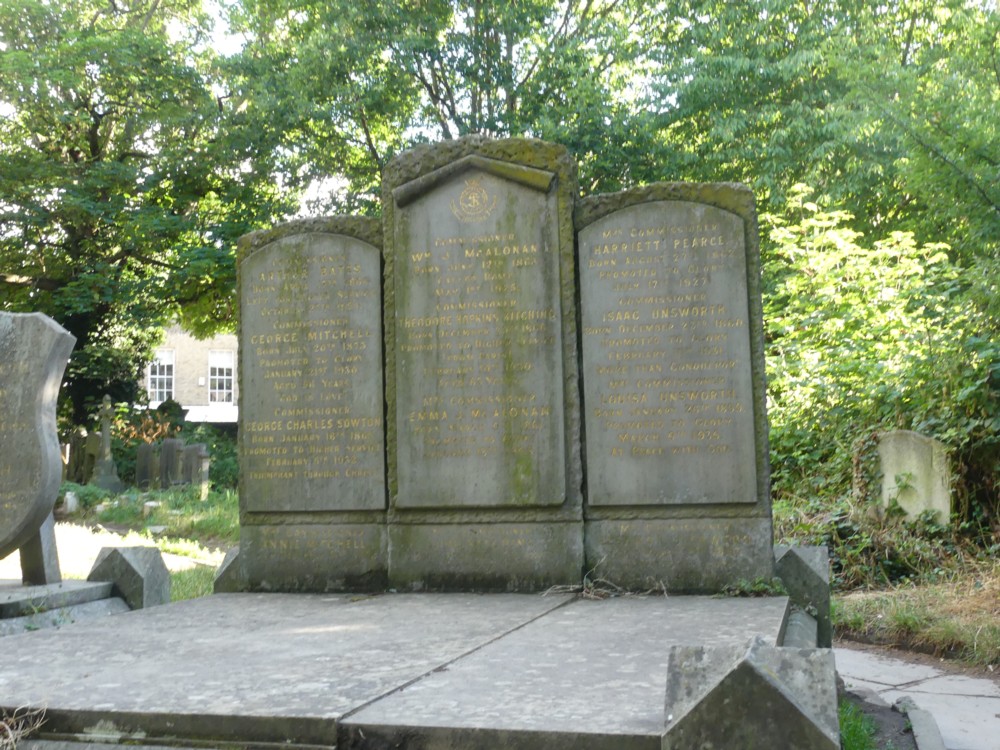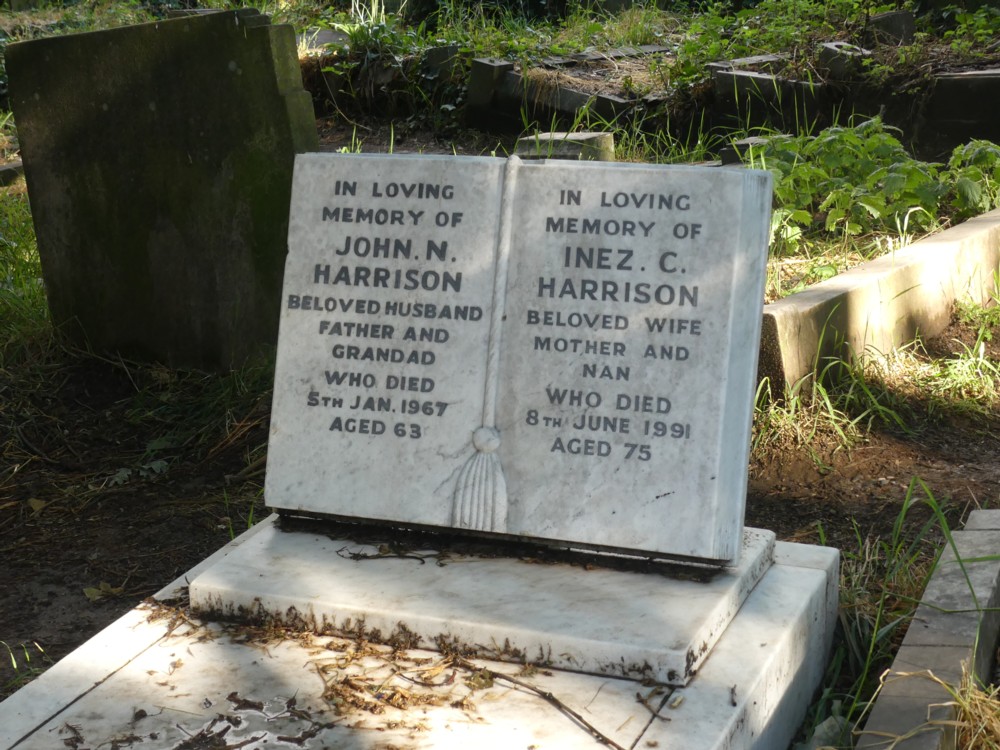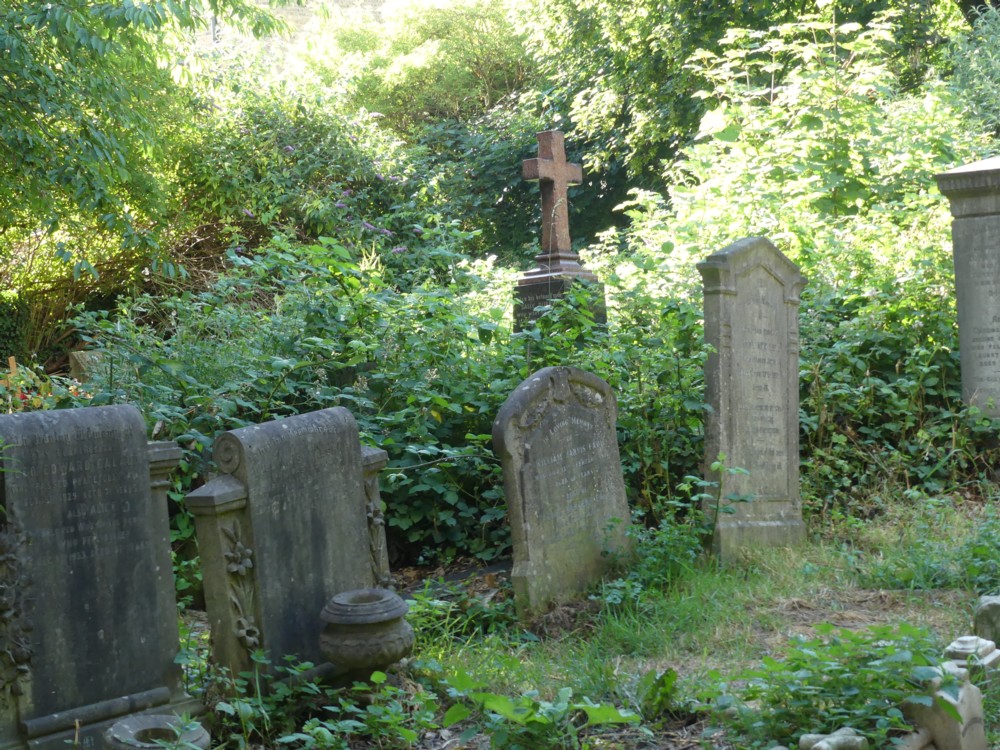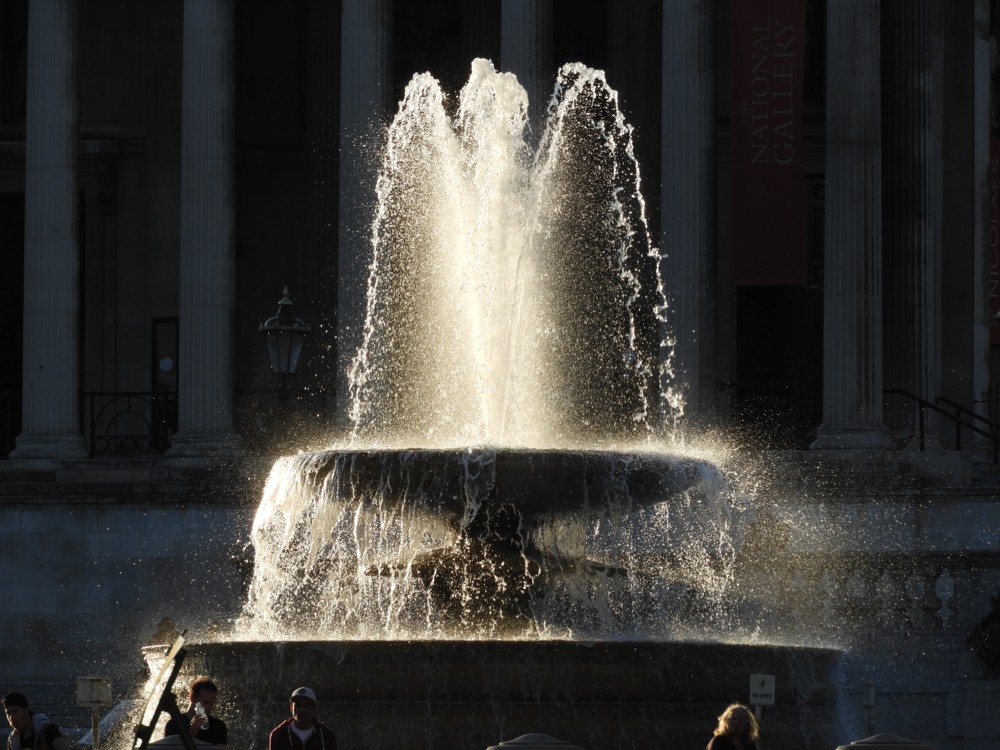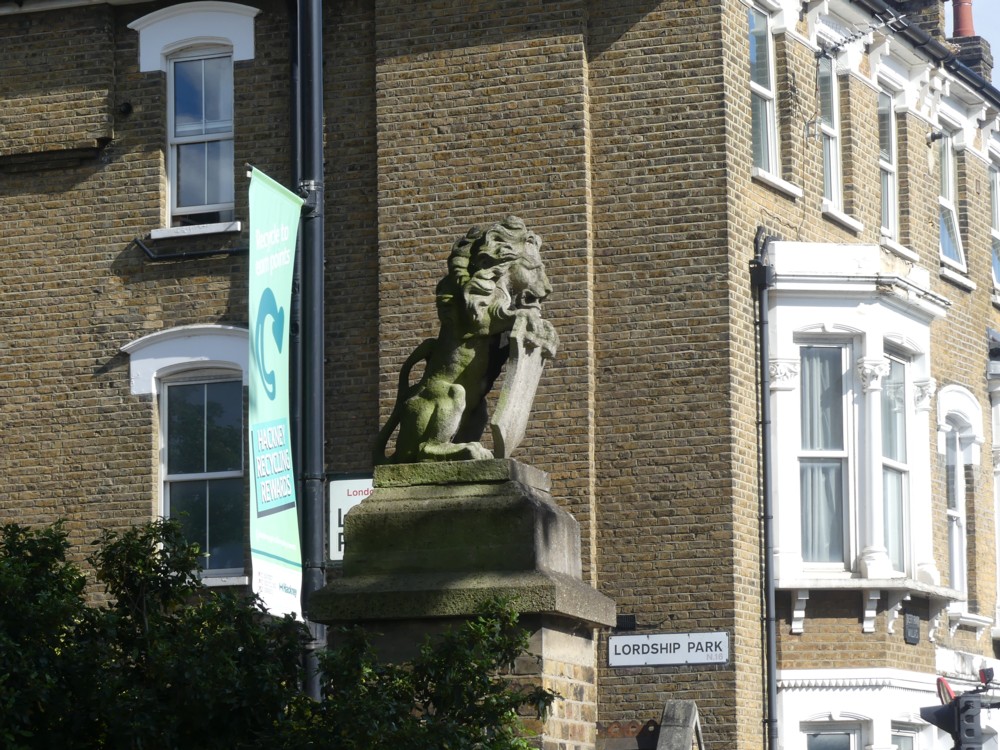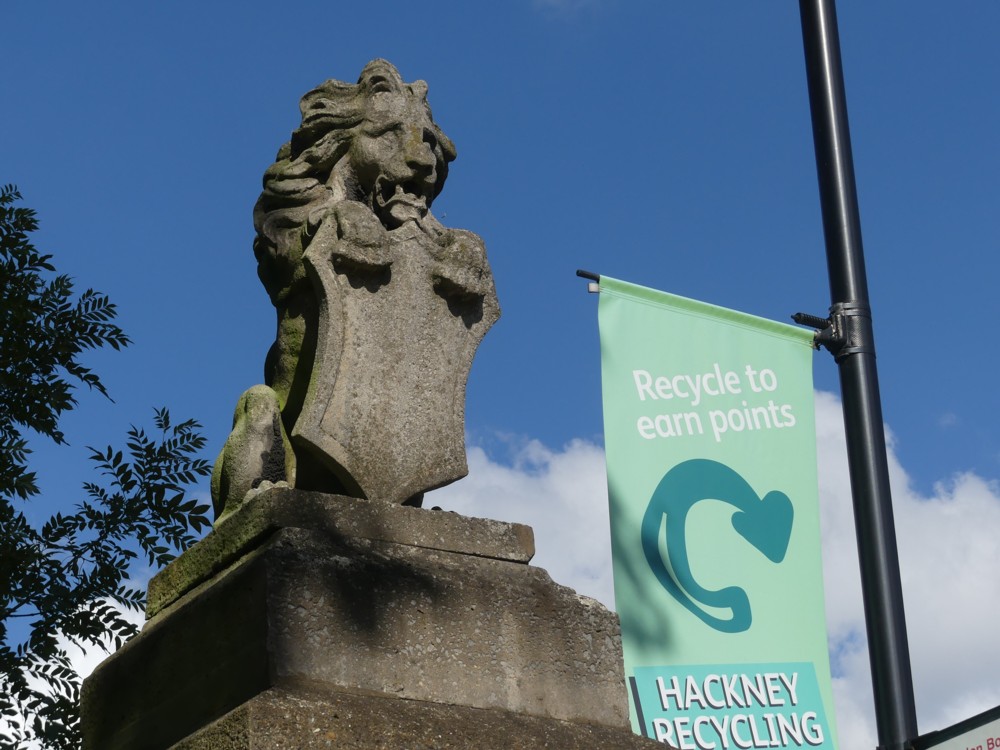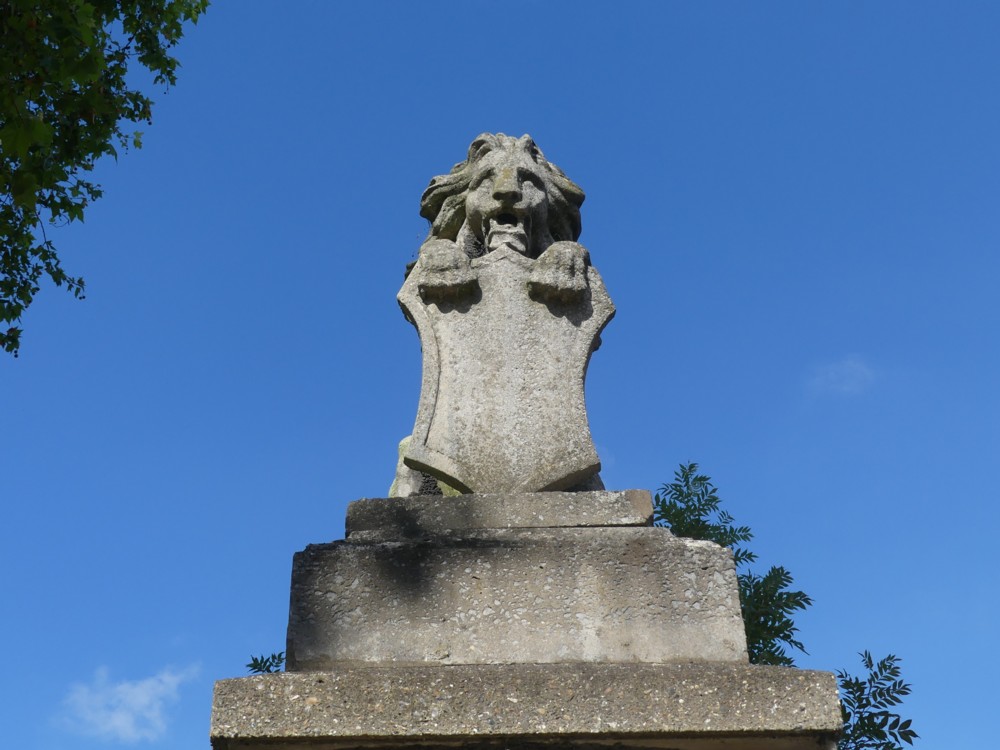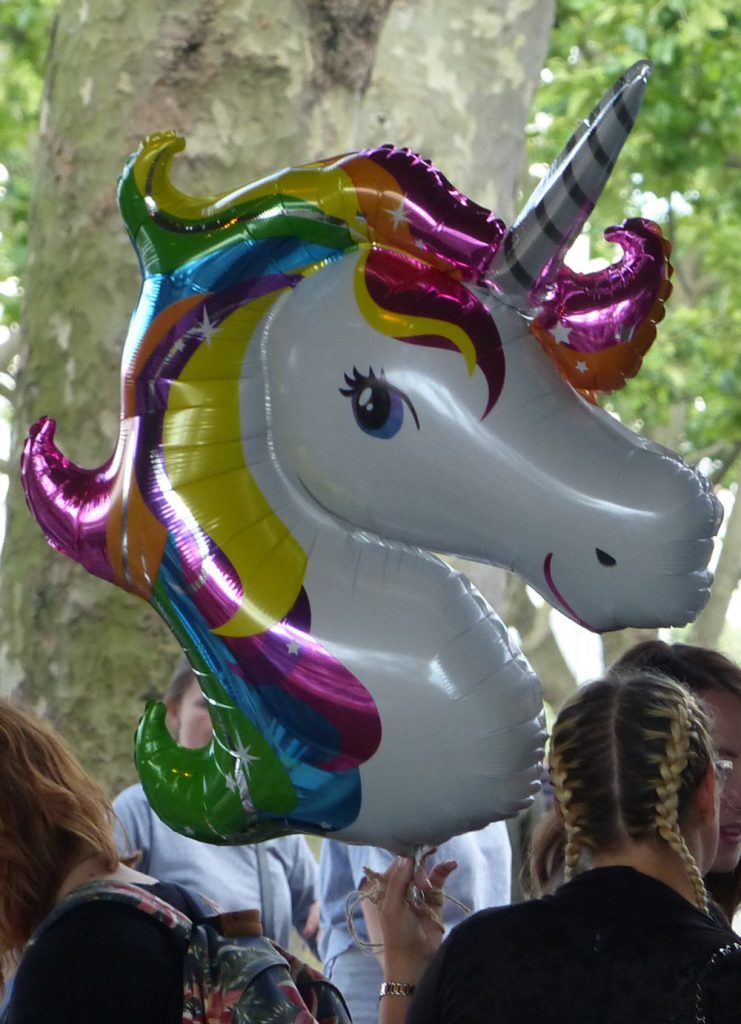I just did some Thoughts on Trump’s Mount Rushmore speech for Samizdata. Here is the complete speech of Trump’s that I was on about, and to which I linked, twice, because I think the fact that we all now can link directly to it is so very good.
Something else I didn’t complicate my Samizdata piece with did occur to me, while I was reading that same speech, and in particular when I read things like this in it:
We are the country of Andrew Jackson, Ulysses S. Grant, and Frederick Douglass. We are the land of Wild Bill Hickok and Buffalo Bill Cody. (Applause.) We are the nation that gave rise to the Wright Brothers, the Tuskegee Airmen – (applause) – Harriet Tubman, Clara Barton, Jesse Owens, George Patton – General George Patton – the great Louie Armstrong, Alan Shepard, Elvis Presley, and Mohammad Ali. (Applause.) And only America could have produced them all. (Applause.) No other place.
We are the culture that put up the Hoover Dam, laid down the highways, and sculpted the skyline of Manhattan. We are the people who dreamed a spectacular dream – it was called: Las Vegas, in the Nevada desert; who built up Miami from the Florida marsh; and who carved our heroes into the face of Mount Rushmore. (Applause.)
Americans harnessed electricity, split the atom, and gave the world the telephone and the Internet. We settled the Wild West, won two World Wars, landed American astronauts on the Moon – and one day very soon, we will plant our flag on Mars.
We gave the world the poetry of Walt Whitman, the stories of Mark Twain, the songs of Irving Berlin, the voice of Ella Fitzgerald, the style of Frank Sinatra – (applause) – the comedy of Bob Hope, the power of the Saturn V rocket, the toughness of the Ford F-150 – (applause) – and the awesome might of the American aircraft carriers.
I’ve read this before, I thought, or something a hell of a lot like it. Yes, a piece in P. J. O.Rourke’s Republican Party Reptile, which was published in 1987, about an epic car journey O’Rourke made across America, in a Ferrari. I read this book in the late eighties. The Ferrari piece in this book would appear to be a slimmed down version of this piece, which was published in Car and Driver, in 1980.
I wrote a Libertarian Alliance pamphlet in praise of O’Rourke’s essay (also in praise of classical CDs), which included big quotes from the 1987 version of O’Rourke’s piece, including things like this:
… To be in control of our destinies – and there is no more profound feeling of control of one’s destiny that I have ever experienced than to drive a Ferrari down a public road at 130 miles an hour. Only God can make a tree, but only man can drive by one that fast. And if the lowly Italians, the lamest, silliest, least stable of our NATO allies, can build a machine like this, just think what it is that we can do. We can smash the atom. We can cure polio. We can fly to the moon if we like. There is nothing we can’t do. Maybe we don’t happen to build Ferraris, but that’s not because there’s anything wrong with America. We just haven’t turned the full light of our intelligence and ability in that direction. We were, you know, busy elsewhere. We may not have Ferraris but just think what our Polaris-submarines are like. And if it feels like this in a Ferrari at 130, my God, what can it possibly feel like at Mach 2.5 in an F-15? Ferrari 308s and F-15s – these are the conveyances of free men. What do the Bolshevik automatons know of destiny and its control? What have we to fear from the barbarous Red hordes?
And like this:
… And rolling through the desert thus, I worked myself into a great patriotic frenzy, which culminated on the parapets of the Hoover Dam (even if that was kind of a socialistic project and built by the Roosevelt in the wheelchair and not by the good one who killed bears). With the Ferrari parked up atop that orgasmic arc of cement, doors flung open and Donna Summer’s “Bad Girls” blasting into the night above the rush of a man-crafted Niagara and the crackle and the hum of mighty dynamos, I was uplifted, transported, ecstatic. A black man in a big, solid Eldorado pulled up next to us and got out to shake our hands. “You passed me this morning down in New Mexico,” he said. “And that sure is a beautiful car. …”.
Note that Mount Rushmore includes, along with Washington, Jefferson and Lincoln: the Roosevelt who killed bears, Teddy Roosevelt, but not the Roosevelt in the wheelchair who presided over the Great Depression. No wonder Democrats are now saying they hate it.
I don’t know what P.J. O’Rourke is up to these days, so whether he had any direct input into Trump’s speech I have no idea. Maybe he did, maybe he didn’t. But I’ll bet you anything that whatever combination of Trump and Trumpsters wrote Trump’s speech at the very least knew all about that O’Rourke piece. I’ll go further. I’ll bet Trump read that O’Rourke piece at some point in the 1980s, and remembered it, and said to his guys: “That’s what I want! Write me something like that!” And they did. Right up to the stuff about cars, and warships, and the Hoover Dam, and about how “there is nothing we can’t do”.
Even if you hate everything about P.J. O’Rourke and everything about Trump and if you especially hate Trump’s speech the other day, you surely may still be agreeing about the O’Rourke echoes I think I heard.
If I’m right, then this is a story which confirms something else I am fond of telling anyone who will listen, which is that all the people alive now will, in thirty or forty years time, either be thirty or forty years older, or dead. You can tell a lot about the world now, by asking what people in their teens and twenties were getting excited about, thirty or forty years ago. There will be more of that.
Of course, I loved Trump’s speech, just as I loved that P.J. O’Rourke Ferrari piece. God is a figment of the human imagination, but setting that quibble aside, may He Bless America.

